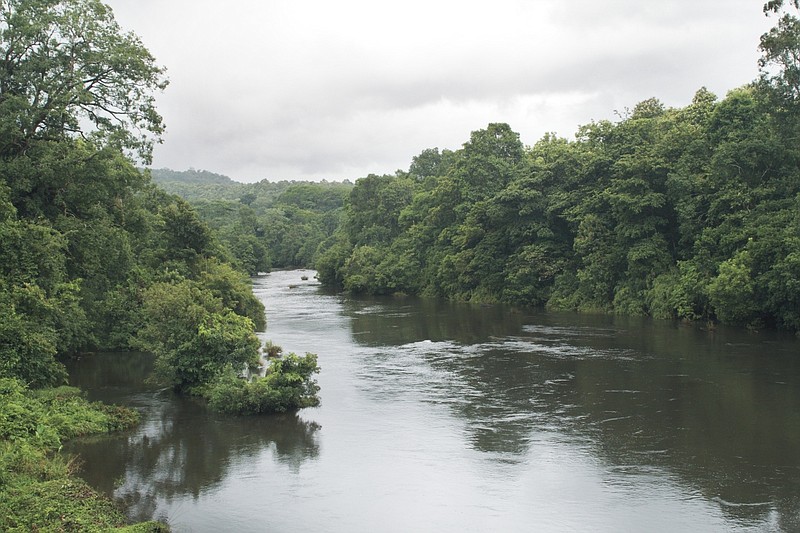MOUNT PLEASANT, Texas-During their regular meeting Tuesday, the Region D Water Planning Group approved new data to be included in the 2021 state water plan showing an increased need for water in Wright Patman Lake. Including that demand in the state plan helps open the door for the city of Texarkana, Texas, the lake's senior water rights holder, to apply for additional water available under the Ultimate Rule Curve.
"We have worked proactively and diligently to make sure our needs have been appropriately represented in the Region D plan for the 2021 State Water Plan," Rivebend Water Resources District Chairman Fred Milton said. "Also, we have financed some studies and the results of those studies have produced valuable data of the characterization of the amount of water availaible in Wright Patman."
That volumetric and sedimentation study also showed there is less sedimentation in the lake than shown by previous studies.
The URC of 228.64 feet is the maximum water level allowed under a June 1969 contract the city has with the U.S. Army Corps of Engineers. The lake is currently operated under the Interim Rule Curve of 220 feet.
The 2016 state water plan showed that the lake had a sedimentation rate of 1,112 acre feet per year. The new study shows that rate to be 714 acre feet per year at a lake level of 220.6 feet and at 824 at a level of 224.9.
"The 2018 study gives a more recent snapshot of what the sedimentation effects are in Wright Patman," Tony Smith with Carollo Engineers told the water planning group. "We feel very comfortable with the documentation from the latest survey of the sedimentation rate."
Smith's presentation also showed the increased demand to be 240,782 acre feet per year by 2070, which represents increases for both municipal and industrial use. He suggested lowering the water intake and raising the lake to the ultimate rule curve to fill that need.
"Ultimately what you see, to get the most water, you should do both things," he said. "Lower the intake and increase from the interim to the ultimate and that gets you the most bang for the buck in terms of source water availability. They can go to TCEQ. This is the kind of information that would justify that."
Milton said Riverbend went to the Corps and told them they wanted the water rights and were told the city must pursue those because they are the senior water rights holder. Riverbend's member entities, including the city, have all passed resolutions supporting Riverbend pursuing any water rights should they become available.
"Texarkana on behalf of the member entities will have to pursue the water rights," Milton said. "Through an agreement between Texarkana and Riverbend, the city will go to the state and and apply for those water rights. That's the strategy we're going to employ."
He added that they are currently engaged in that process and thanked Region D for supporting the pursuit of the additional water by including it in the state plan.
"Riverbend is pleased with the support of our Region D partners in bringing this very important milestone to fruition," Milton said.
The volumetric and sedimentation study is available at www.rwrd.org.

